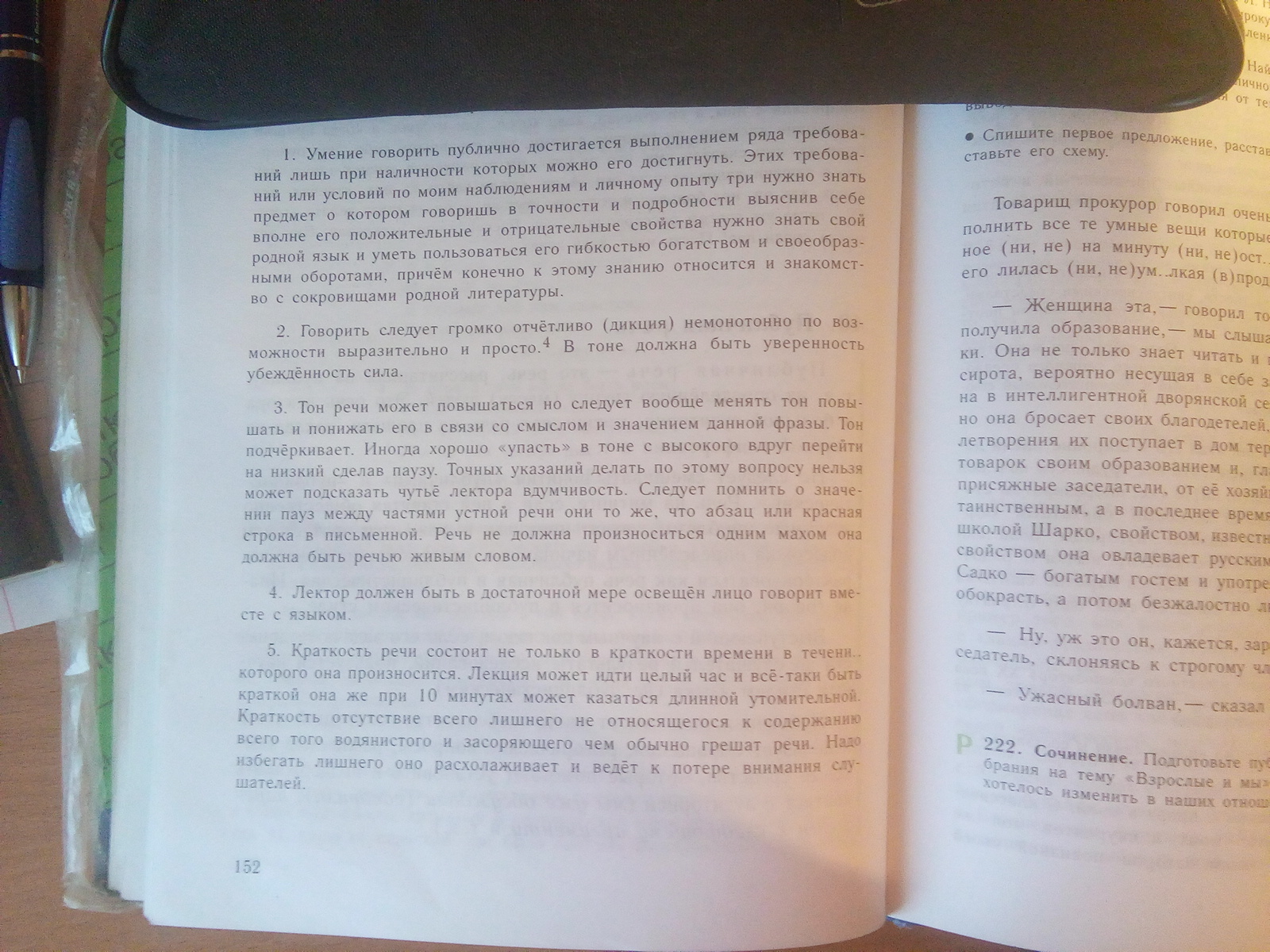Предмет: Русский язык,
автор: Аноним
Срочно!!! Написать микротемы.
Приложения:

Ответы
Автор ответа:
0
1. Три требования умения говорить публично.
Знать предмет, Знать язык, Уметь пользоваться гибкостью языка.
2. Дикция. Убежденность, уверенность, Сила
3. Тон речи. Понижение и повышение тона. Живое слово речи
4. Мимика.Освещение лектора.
5. Краткость речи. Отсутствие всего лишнего. Потеря внимания слушателя
Знать предмет, Знать язык, Уметь пользоваться гибкостью языка.
2. Дикция. Убежденность, уверенность, Сила
3. Тон речи. Понижение и повышение тона. Живое слово речи
4. Мимика.Освещение лектора.
5. Краткость речи. Отсутствие всего лишнего. Потеря внимания слушателя
crexyj10:
это и есть микротемы, больше там ничего не выделить.
Я знаю. надо задание не закрывать, а точнее давать. Там написано составить план и дополнить цитатами., у вас это где? Как задаете, так и делаем.
Извините, я ошиблась, так вас устроит?
Похожие вопросы
Предмет: Информатика,
автор: alissapolin
Предмет: Математика,
автор: hhggghj
Предмет: Математика,
автор: karina1231601
Предмет: Химия,
автор: syka1273
Предмет: Математика,
автор: icetar